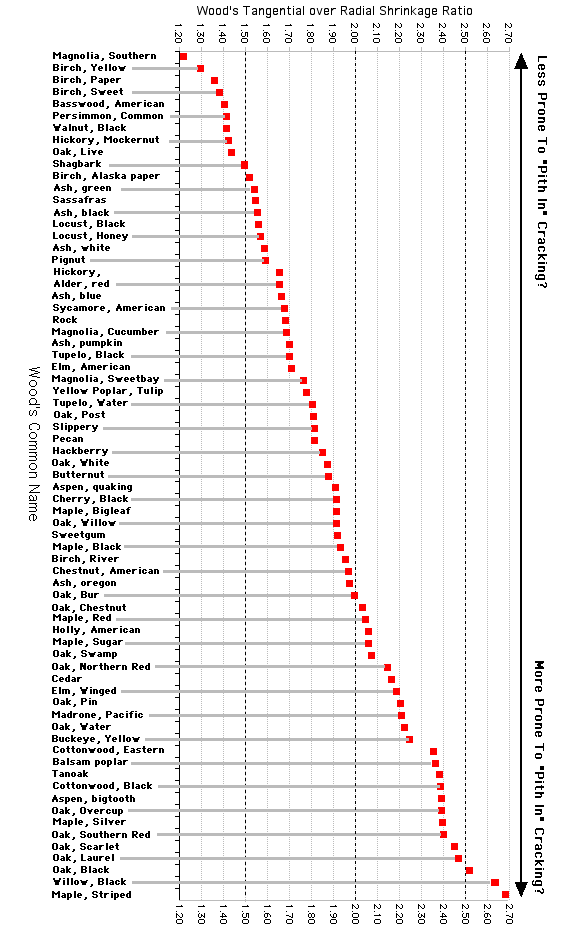My niece called this morning all in a panic and informed me that they were taking down the tree next door which has been a legend and the subject of many folk tales at her house. She implored me to turn a bowl from this tree. Arriving at her house around 2 PM I found that that the tree was Red Oak with a girth exceeding 3'.
I have never turned Red Oak. Live Oak yes, but never the Red variety. Live Oak turned well when green and like cement when dry. Does this fit the description of the Red variety?
Well, if you get a downed tree, why stop with just one blank? So a F150 pickup load later I got home and started processing blanks for natural edge bowls. I will be 80 in March and am 150 lbs over my 20 year old weight. So that took a while and by the time I got the pith out of the chunks, the pith had already started to crack. Is Red Oak a real problem with cracking?
From what I have seen and from past experience I am inclined to turn thin and let warp. I wonder if twice turned bowls would survive time in the bag.
Thanks for any advice.
I solicit you advice.





 Reply With Quote
Reply With Quote







